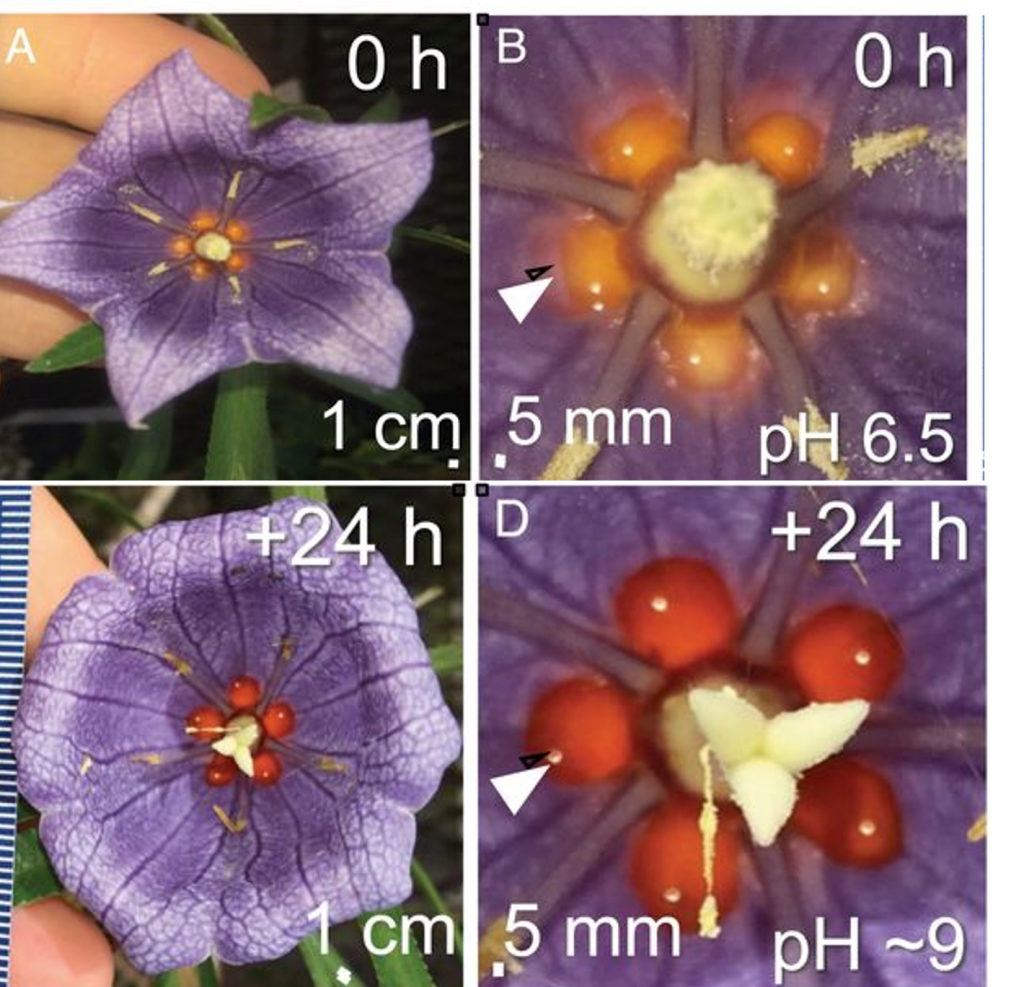
Convergent evolution of red nectar in vertebrate-pollinated flowers (PNAS)
Plant Science Research WeeklyNesocodon mauritianus is about one out of 70 plant species that produce colored nectar. The nectar of Nesocodon starts off yellow in newly opened flowers and progresses to blood-red in color as the flowers mature. The authors showed that the red colored nectar is both visible and attractive to geckos,…

Dynamic Evolution of Self-Incompatibility in Angiosperms
The Plant Cell: In a NutshellZhao et al. demonstrate the dynamic evolutionary processes of self-incompatibility in angiosperms.
By Hong Zhao and Yongbiao Xue, State Key Laboratory of Plant Cell and Chromosome Engineering, Institute of Genetics and Developmental Biology, and the Innovation Academy of Seed Design, Chinese Academy…
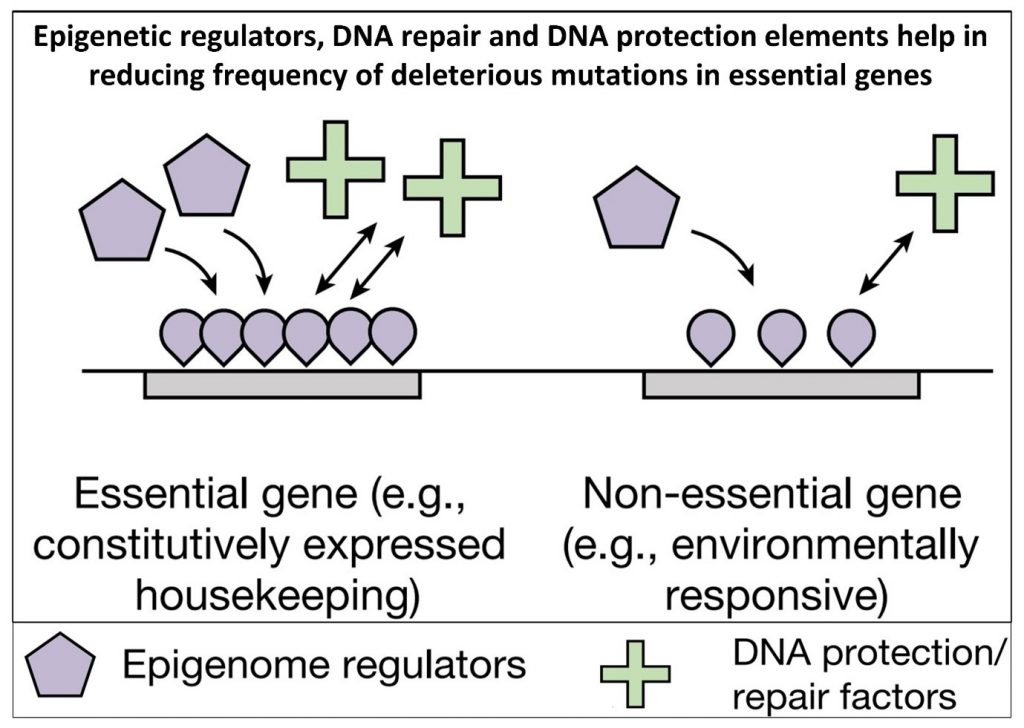
After all, mutations are not that random (Nature)
Plant Science Research WeeklyMutations, defined as changes in DNA sequence, have long been considered to be random. However, growing evidence suggests that maybe mutations are not random, but instead some loci in the genome are hot spots for mutations, while other loci rarely mutate. This effect is considered mutation bias. A recent…

The genomic ecosystem of transposable elements in maize (PLOS Genetics)
Plant Science Research WeeklyA new paper looking at transposable elements in maize uses the framework that genomes are similar to ecosystems, in that it is essential to study them comprehensively, from the level of each element to the global structure. Transposable elements (TEs) are dynamic and persistent within plant genomes.…
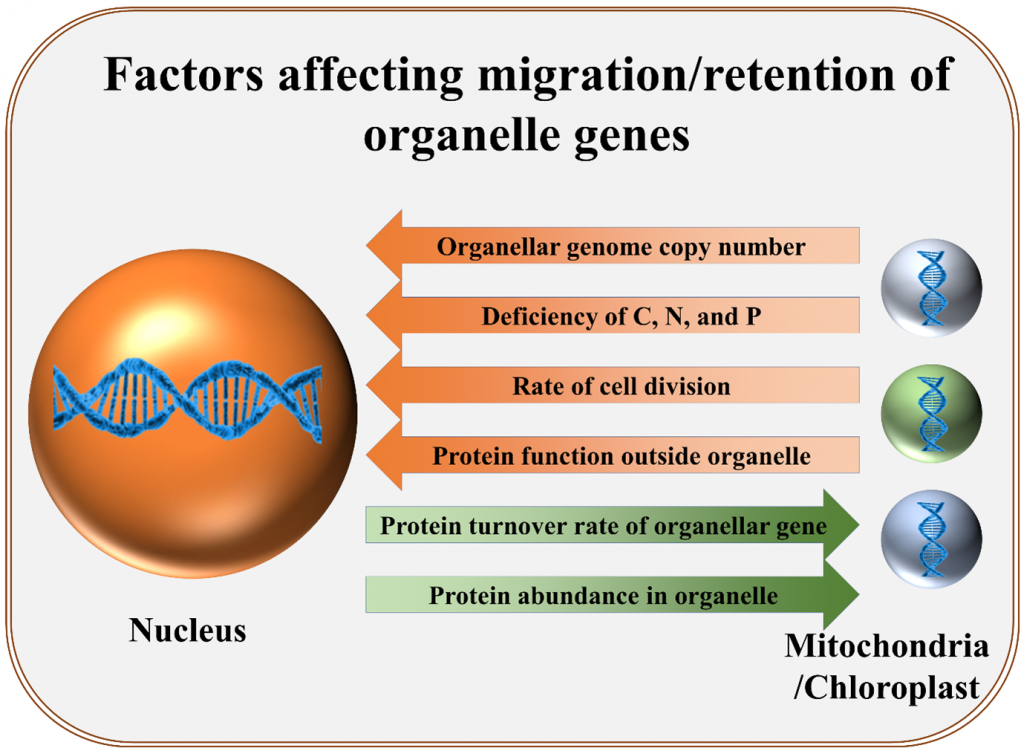
The evolutionary advantage of losing genes after endosymbiosis (Genome Biol)
Plant Science Research WeeklyThe emergence of eukaryotes is associated with endosymbiosis of mitochondria and chloroplast. In the course of evolution, most of the genes from these organelles have either migrated to the nucleus or been lost. But why have a small but significant number of genes remained in these organelle genomes?…
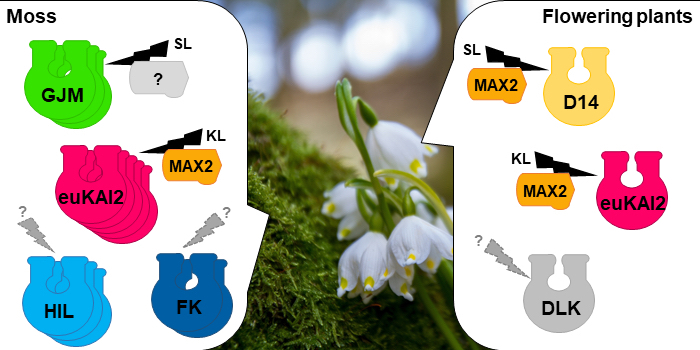
A "simple” plant that’s not so basic: 13 receptors perceive SL, KL, and more in moss
The Plant Cell: In a NutshellLopez-Obando et al. unravel the complex pathways for the perception of strigolactones and related compounds in the moss Physcomitrium patens.
By Ambre Guillory1, Mauricio Lopez-Obando2, Alexandre de Saint Germain3, and Sandrine Bonhomme3
1Laboratoire des Interactions Plantes Microbes Environnement…
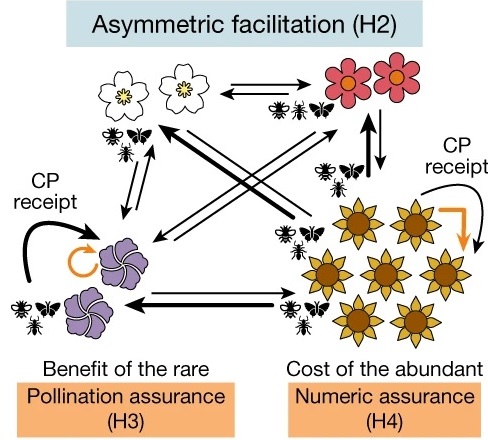
Pollinators contribute to the maintenance of flowering plant diversity (Nature)
Plant Science Research WeeklyHow do small populations persist in spite of sharing space with much larger populations? Wei et al. explored this question in the context of plant-pollinator interactions. They observed that rarer species tend to attract more specialized pollinators, whereas more abundant species have more shared pollinators,…
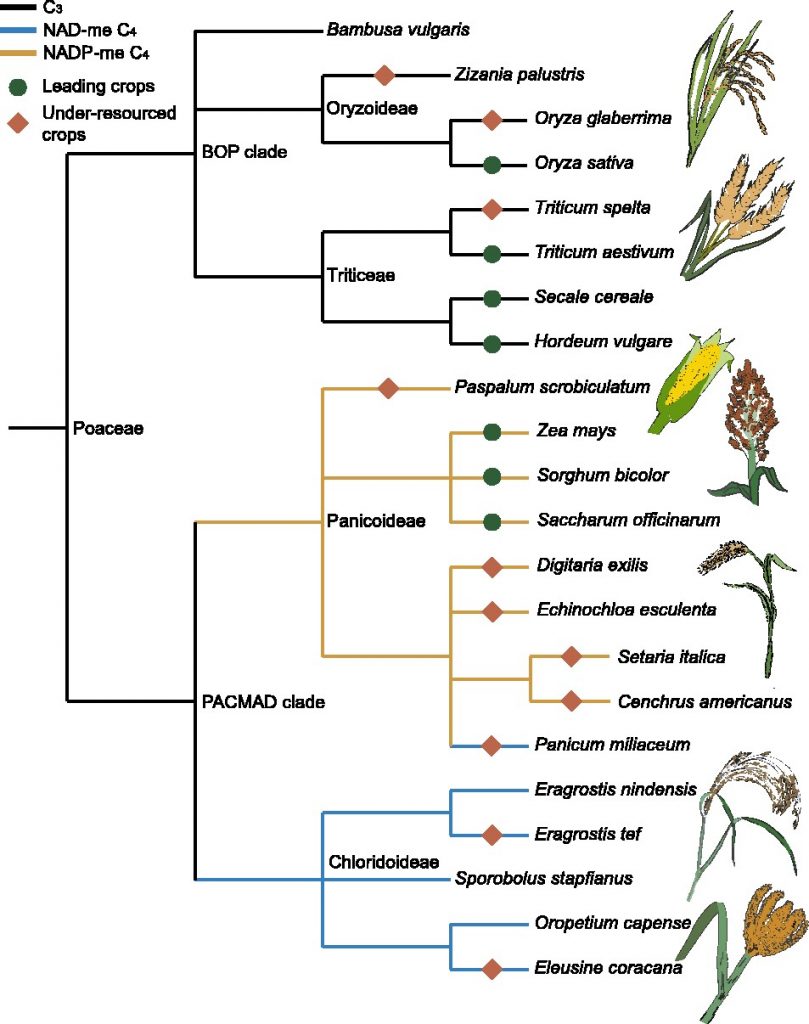
Review: Evolutionary innovations driving abiotic stress tolerance in C4 grasses and cereals (Plant Cell)
Plant Science Research WeeklyGrasses fall into two clades, the more temperate BOP clade of C3 grasses (Bambusoideae, Oryzoideae, and Pooideae subfamilies), and the more tropical PACMAD clade of C3 and C4 grasses (Panicoideae, Arundinoideae, Chloridoideae, Micrairoideae, Aristidoideae, and Danthonioideae subfamilies). This review,…
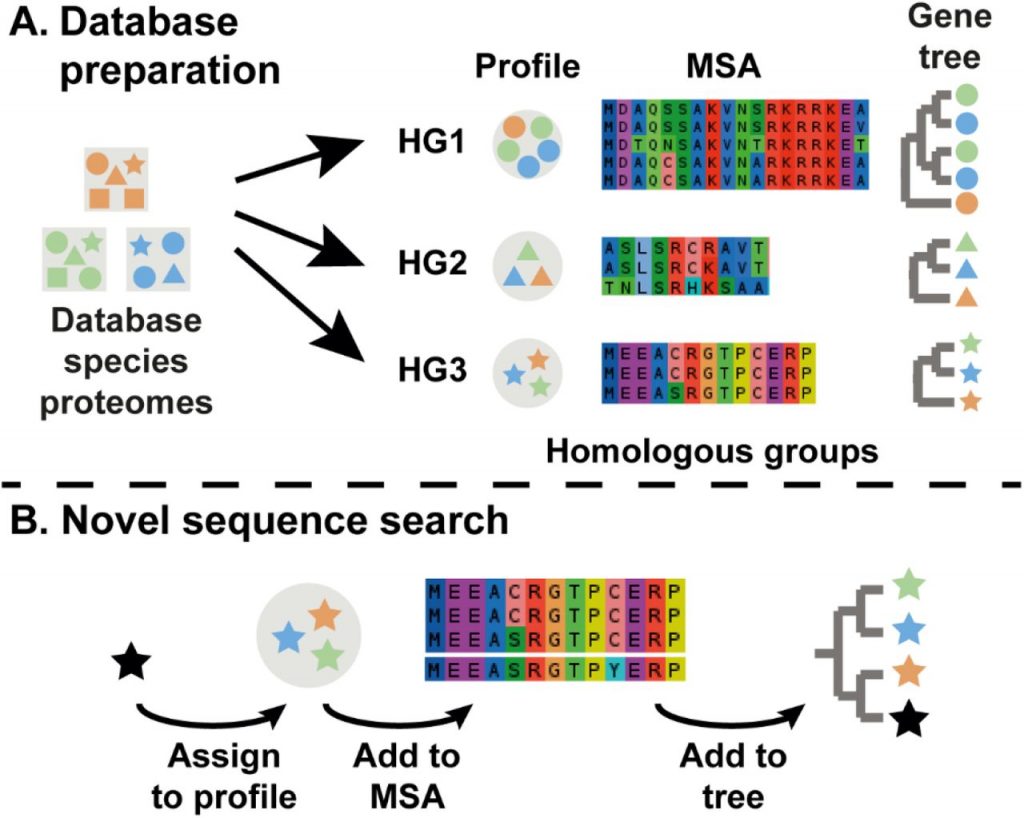
SHOOT: Phylogenetic gene search and ortholog inference (bioRxiv)
Plant Science Research WeeklyBLAST (basic local alignment search tool) is more than 30 years old, and most readers have probably had the opportunity to BLAST a sequence. BLAST takes an input sequence and searches databases for closely related sequences. However, this tool uses only sequence information to find close matches. Hypothetically,…

